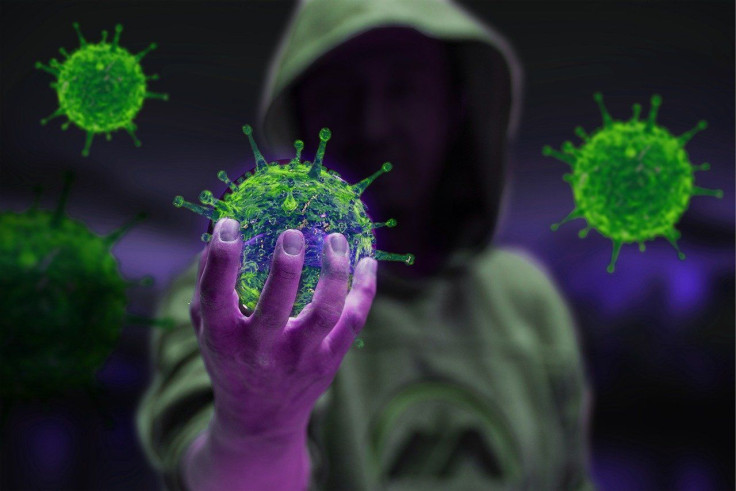COVID-19 Update: Researchers Unlock New Way To Understand Evolving Strains Of SARS-CoV-2
Australian researchers have unveiled a novel approach to analyze the genetic codes of the SARS-CoV-2 virus that causes COVID-19. Their findings will explain better how strains of the virus evolve and help identify new clusters.
The researchers from the Commonwealth Scientific and Industrial Research Organization (CSIRO) developed a new visualization platform using bioinformatics algorithms originally used to analyze the human genome to find out the differences among the different sequences of SARS-CoV-2.
"The more we know about this virus, the better armed we'll be to fight it. This highly complex analysis of the genome sequence of the SARS-CoV-2 virus has already helped to determine which strains of the virus are suitable for testing vaccines underway at the Australian Centre for Disease Preparedness in Geelong—the only high biocontainment facility of its kind in the Southern Hemisphere," MedicalXpress quoted CSIRO Chief Executive Dr. Larry Marshall
The researchers opined that, as the coronavirus evolves, this blueprint becomes increasingly important, effectively because it holds instructions about the nature of the virus and how it can infect.
The virus is expected to evolve into several distinct clusters that share mutations which have been confirmed and visualized. Although it is not expected that it will affect the development of therapies, vaccines or diagnostics, it is very important to monitor them as clinical and preclinical studies progress.
"To enable this, we are calling on the international research community to share de-identified details of case severity and outcome, and other relevant meta-data such as co-morbidities and smoking status, alongside the genomic sequences of the virus," MedicalXpress quoted CSIRO's Australian e-Health Research Centre CEO, David Hansen.
The more the research community is informed about the genetic differences, the better will be the ability to diagnose and treat the disease.
Phylogenetic trees focus on an individual shared mutation but this novel approach assesses genome-wide co-developing functionalities.
“This joint approach concludes that while the current animal models cover the existing viral strains adequately, there is a substantial evolutionary activity that is likely not considered by the current models. Based on insights from the non‐discrete alignment‐free approach and experimental observations, we suggest isolates for future animal models,” concluded the study authors.

© Copyright IBTimes 2025. All rights reserved.






















